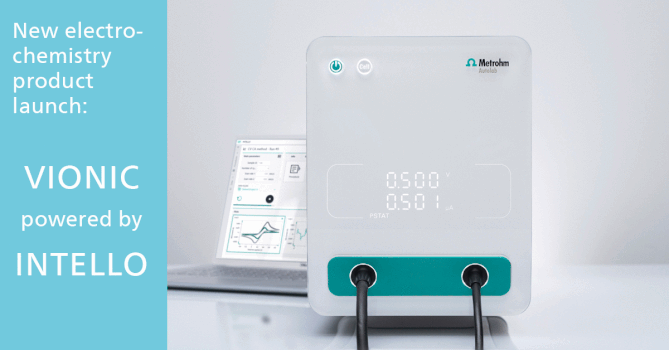Physical Gels in Capillary Gel Electrophoresis and Their Application in Protein Analysis
Abstrakt
Capillary gel electrophoresis (CGE) is a promising proteomic technique. It involves many parameters which can be manipulated to optimize the CGE method for particular application, first of all the type of separation gel. Physical gels possess certain advantages over the chemical ones. Not being covalently crosslinked, physical gels exhibit lower viscosity; they are not chemically bonded to the inner capillary wall. Physical gels can readily be replaced after each analysis, which eliminates the problem of gel contamination and degradation during analysis. This fact leads to higher reproducibility of measurements and prolongs the capillary lifetime. In this review, applications of some common physical gels, both synthetic and natural, are described and their advantages and drawbacks are critically evaluated. Attention is paid especially to absorption of physical gels in the UV region, which may limit spectrophotometric detection of analytes to a great extent. The methods for suppression of protein adsorption on the inner capillary wall like static and dynamic coatings as well as separations under acid conditions are also discussed.Stahování
Publikováno
15.03.2009
Jak citovat
Křížek, T., Coufal, P., Bosáková, Z., Tesařová, E., & Sobotníková-Suchánková, J. (2009). Physical Gels in Capillary Gel Electrophoresis and Their Application in Protein Analysis. Chemické Listy, 103(2). Získáno z http://ww.w.chemicke-listy.cz/ojs3/index.php/chemicke-listy/article/view/1570
Číslo
Sekce
Články




